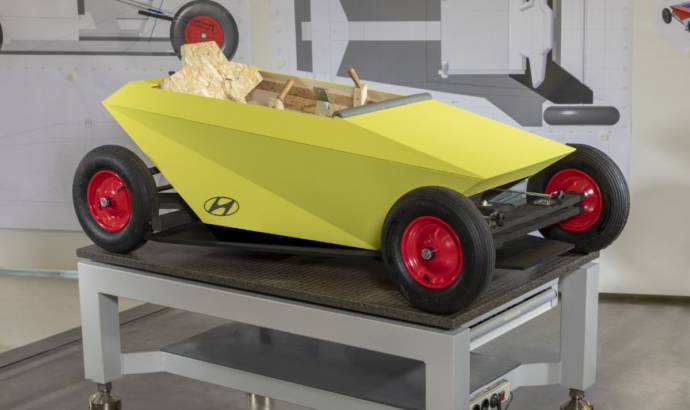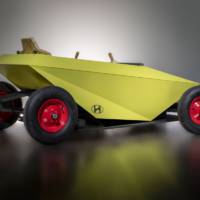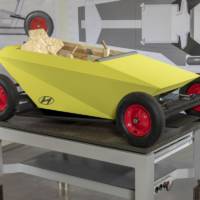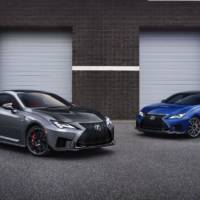Want to spend some quality time with your boy or girl? Then you can assign a small project to those who want to build stuff with their parents. Hyundai understood the need and unveiled the Soapbox, a very small car, developed by engineers and designers from the Hyundai Motor Europe Technical Center (HMETC) using affordable and easily-available materials.
Intended to promote quality time for customers, families and friends, Hyundai has made the instructions available to download so the vehicle can be built at home.
With schools still closed in parts of Europe, and families spending more time together, Hyundai recognised the importance of spending quality time with one’s family and wanted to come up with a project that would be fun for parents and children alike. As a mobility provider, this naturally involved something related to cars – and thus the idea of the Hyundai Soapbox was born.
The Hyundai Soapbox is a motor-less vehicle designed by Hyundai experts that is nonetheless fairly easy to build. Designers and engineers at HMETC conceived the model in the company’s workshop, and built a prototype to ensure the feasibility of the design. In order to keep it accessible, the HMETC team was careful to only use materials which were readily available at an average hardware store. They also paid attention to the total cost of materials to make sure the design stayed affordable.
The soapbox is made out of wood, metal rods, and connecting materials such as brackets and screws. The wheels are from a wheelbarrow. It has joysticks for steering and a simple mechanism for braking. True to Hyundai’s commitment to eco-friendly mobility solutions, the Hyundai Soapbox is made primarily from environmentally-friendly materials such as wood and metal.
The colour of the HMETC prototype is bright yellow, meant to capture the optimism and joy of childhood, as well as a nod to one of the launch colours of the original Kona.
When fully assembled, the Hyundai Soapbox is 1 meter wide and 1,76m long. It was important that the soapbox could fit into a regular passenger car, so that families could transport it to different locations as they look for hills to roll it down. The final soapbox design fits into an i30 Wagon.
Though it would be possible to install some sort of powertrain or motor into the soapbox design, Hyundai chose not to in order to keep the prototype a true soapbox.





